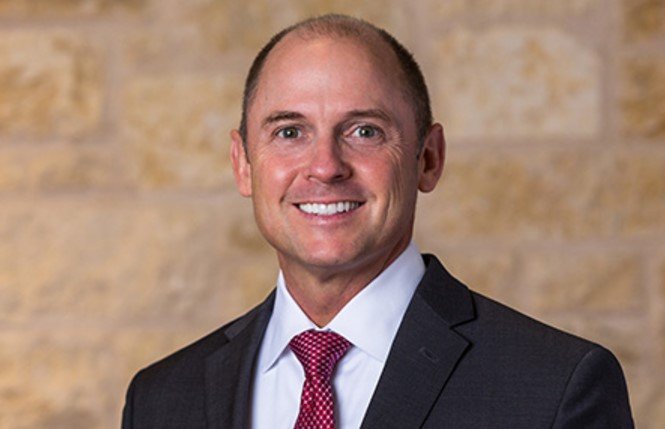Today, 27 organizations representing large segments of the healthcare continuum in Texas are announcing their joint effort to address Texas’ nursing shortage crisis.
Texas is facing an acute shortage of nurses. The Texas Center for Nursing Workforce Studies (the “Center”) reported a shortage of over 27,000 Registered Nurses (RNs) in 2018 and projected a shortage of approximately 57,000 RNs by 2032.[1] The Center also projected a shortage of Licensed Vocational Nurses (LVNs) will emerge this decade and projected a shortage of approximately 12,500 LVNs by 2032. Notably, the Center conducted this study prior to the impacts of COVID-19.
The Nursing Shortage Reduction Coalition firmly believes Texas is well-positioned to increase the supply of nurses within the state. The Center recently released data showing over 15,000 qualified nursing school applications were not offered admission in 2021.[2] This follows a historic trend: on average Texas turns away more than 10,000 qualified applications each year from its nursing programs.
Three noteworthy programs already in existence offer paths forward to addressing Texas’ nursing workforce crisis:
â— The Nursing Shortage Reduction Program (NSRP): Increases the number of students admitted and nursing schools’ capacity to train and graduate students by making capital investments in nursing schools, faculty, and preceptors.
â— The Nursing Faculty Loan Repayment Assistance Program (NFLRP): Increases the number of faculty available to teach students by repaying faculty members’ student loans, creating financial incentive for nurses to serve as faculty.
â— The Nursing Innovation Grant Program (NIGP): Promotes innovation in the education, recruitment, and retention of nursing students and qualified faculty through grants, clearing out a potential bottleneck in the nursing education pipeline.
We appreciate the leadership and attention of legislators already recognizing the challenge we face and rising to meet the challenge:
â— Governor Greg Abbott spoke to the need for nursing education funding and the educator bottleneck during his February 2 press conference on workforce.
â— Lieutenant Governor Dan Patrick identified nursing education as a top priority for the legislative session during his November 30 press conference, and designated SB 25, creating new scholarships for registered nurses, as a priority bill for this session.
â— Senator Lois W. Kolkhorst, Chair of the Senate Health and Human Services Committee, filed SB 244 to increase the utility of the NFLRP and extend the NIGP. She is joined by Senators Blanco, Campbell, Hall, and Perry as Joint Authors.
â— Representative Stephanie Klick, Chair of the House Public Health Committee, filed HB 901, which is the companion bill to SB 244.
The Nursing Shortage Reduction Coalition is encouraged that the Senate and House base budgets include funding for the NSRP and the NFLRP. However, the Legislature could appropriate significantly more funding for the NSRP and continue to see meaningful returns on investment. Given the significant workforce shortages across Texas, the Coalition encourages lawmakers to consider additional funding for this vital program.
Texas must solve the nursing shortage or members of the public will see the quality of their care deteriorate as Texas health institutions struggle to provide medically necessary services. A lack of nurses will impact the quality of care provided and will ripple throughout the health care system.
Finally, it is important for Texas nurses to know that their sacrifices during the pandemic are appreciated, their need for support is recognized, and the members of this coalition will work together to get nurses the support they need to recover and thrive.

